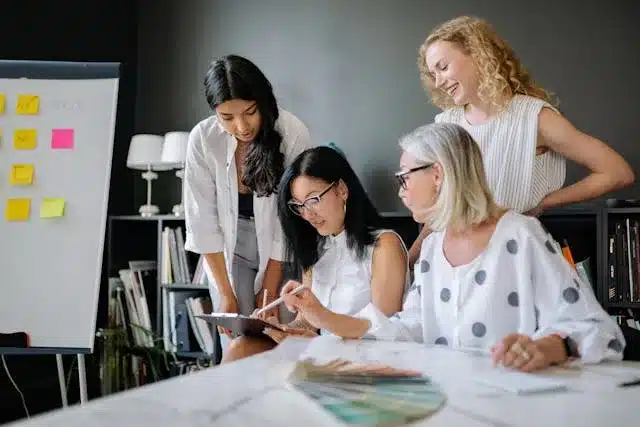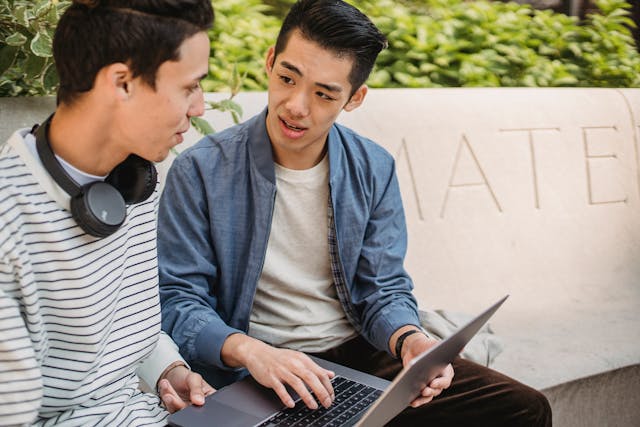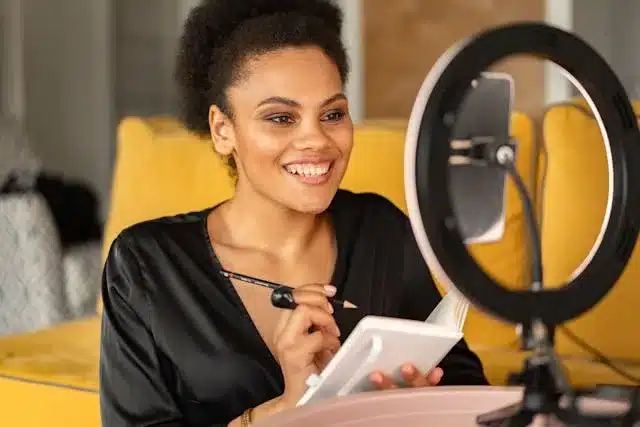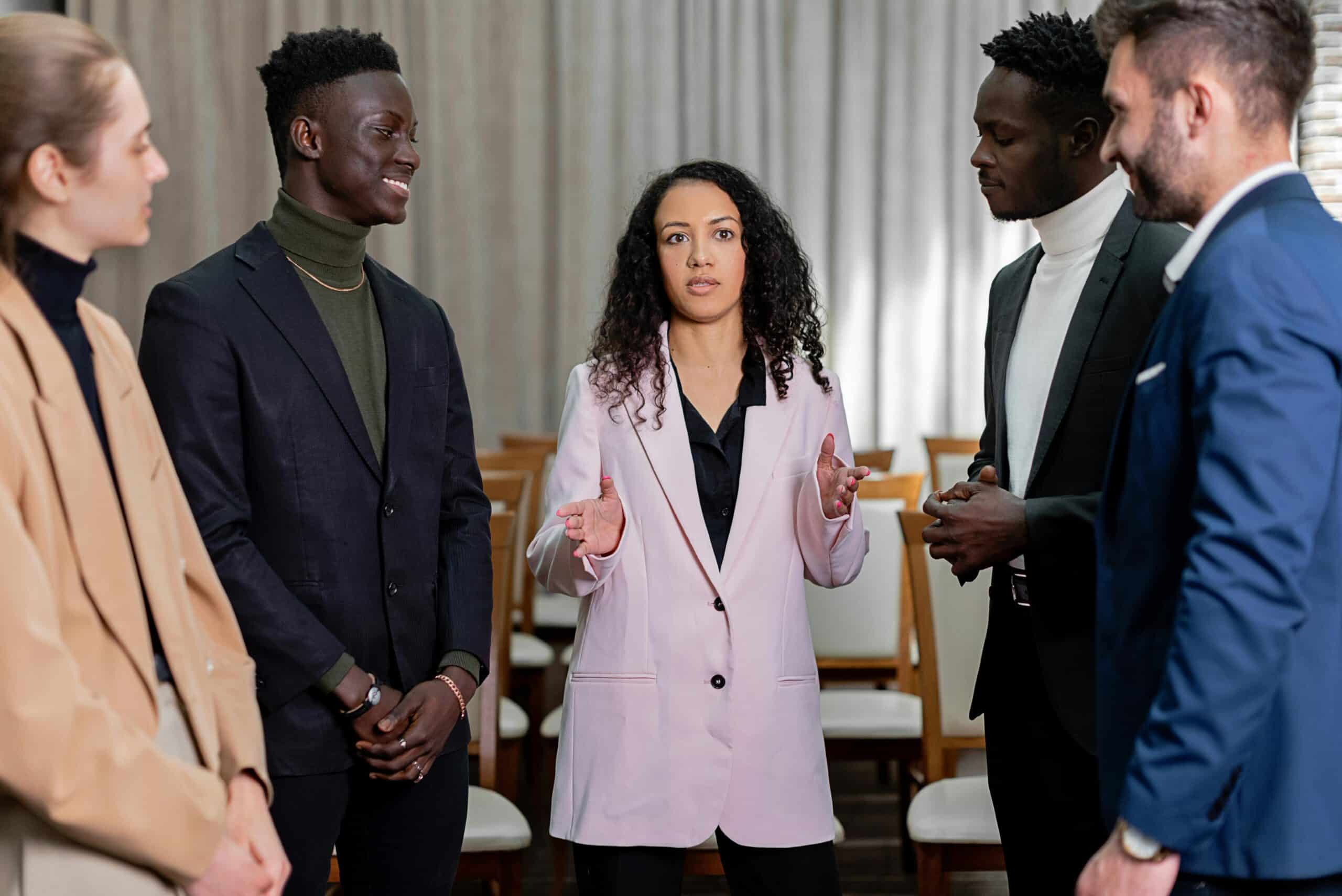Effective collaboration techniques can enhance creativity. Also, it streamlines processes and can lead to innovative solutions.
Collaboration is at the heart of successful creative projects. Whether you’re working on a film, music album, or design campaign.
Now, let’s find out what the key techniques are to foster effective collaboration in creative projects.
Understanding the Importance of Collaboration
Effective collaboration allows diverse talents to come together. The aim of this is to combine unique perspectives and skills to achieve common goals.
Moreover, it enhances problem-solving capabilities and drives innovation. Surely, this makes it essential for any creative endeavor.
Nevertheless, here are some key effective collaboration techniques…
1. Establish Clear Communication Channels
Effective communication is the backbone of successful collaboration. Hence, you should make use of:
Centralized Platforms: Use tools like Slack, Microsoft Teams, or Trello to create centralized communication channels. This should be where team members can easily share updates and feedback.
There was a certain time, that my team and I once used Slack during a brand redesign project. The real-time updates and clear thread management helped us avoid duplicated tasks and improved turnaround time.
Regular Meetings: Schedule regular check-ins to discuss progress. Also, it should address challenges and ensure everyone is aligned with project objectives.
Set Communication Protocols: Define how information will be shared and how often updates will occur. Clearly, the aim is to prevent misunderstandings and keep everyone informed.
2. Leverage Collaborative Tools
Utilizing the right tools can significantly enhance collaboration, hence you can make use of:
Project Management Software: Tools like Asana or Monday.com help organize tasks. It can set deadlines, and also track progress. Which ensures everyone knows their responsibilities.
In one campaign rollout, using Monday.com helped us keep track of multiple deliverables across five departments. Honestly, it was a game-changer in making sure no deadlines were missed.
Creative Platforms: Consider using Miro or InVision for brainstorming sessions and collaborative design work. These tools facilitate real-time collaboration regardless of team members’ locations.
Miro became essential during our pandemic-era remote work sessions. It let the team co-create storyboards even when we were across three time zones.
Design-Specific Tools: Tools like Figma and Canva for Teams allow simultaneous editing, commenting, and design prototyping, ideal for visual-heavy projects.
Our UI/UX team now uses Figma exclusively, and it’s made live edits with clients almost effortless.
3. Set SMART Goals
Setting clear and achievable goals is crucial for guiding collaboration. To do this, you’d have to be:
Specific: Define clear objectives. It should outline what needs to be accomplished.
Measurable: Establish criteria for measuring progress and success.
Achievable: Ensure that goals are realistic given the resources available.
Relevant: Align goals with the overall vision of the project.
Time-bound: Set deadlines to create a sense of urgency and accountability.
When we shifted to using SMART goals during a mobile app launch, our team became more focused. Tasks felt manageable, and we saw an increase in on-time completion.
4. Foster a Creative Environment
Creating an environment that encourages creativity is essential for effective collaboration. To do this, you should:
Encourage Open Dialogue: Promote a culture where team members feel comfortable sharing ideas without fear of criticism.
Embrace Diversity: Leverage diverse perspectives by including team members from various backgrounds and disciplines. This diversity can lead to more innovative solutions.
In one cross-cultural project for a fashion brand, having team members from different parts of Nigeria added rich cultural insights that shaped our final product.
Celebrate Contributions: Recognize and celebrate individual contributions to foster a sense of belonging and motivate team members to engage actively in the process.
5. Provide Constructive Feedback
Feedback is vital for improving work quality. Anyway, you should:
Focus on Work, Not Individuals: Ensure feedback is directed towards the work rather than personal attributes. This approach encourages growth without discouraging creativity.
Be Specific: Provide clear examples when giving feedback to help team members understand areas for improvement.
Encourage Two-Way Feedback: Create an environment where team members can also provide feedback on processes and collaboration methods to enhance future projects.
Our team introduced feedback retrospectives at the end of each project. This open forum helped us spot patterns and improve our workflows with each new assignment.
6. Embrace Flexibility and Adaptability
Creative projects often require adjustments along the way, so you should:
Be Open to Change: Encourage team members to adapt their roles or approaches as needed based on project developments or new insights.
ITERATIVE PROCESS: Embrace an iterative approach where ideas are continually refined through feedback and experimentation. This flexibility can lead to more innovative outcomes.
I clearly remember when our digital storytelling team revised our narrative direction three times during development. Because we stayed flexible, the final campaign ended up outperforming the original concept.
Effective collaboration techniques are essential for driving success in creative projects. Furthermore, by establishing clear communication channels, and leveraging collaborative tools.
Coupled with setting SMART goals, and fostering a creative environment. As well as providing constructive feedback, and embracing flexibility…
Teams can enhance their collaborative efforts and achieve outstanding results.
On your next creative project…
Don’t forget that collaboration is not just about working together. It’s about creating an environment where everyone’s contributions are valued.
For more information about Effective Collaboration Techniques, study these:
5 Tips and Tricks for Better Creative Collaboration.
Boost Team Collaboration With These 11 Strategies.
How to Build a Creative Team That Works.
READ ALSO:
Networking Tips for Entertainment Professionals
Collaborative Artwork on Social Media: Best Practices for Sharing
Social Media Marketing vs. Copyright Infringement: Finding Balance



